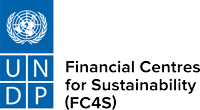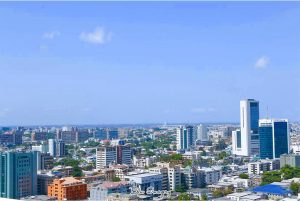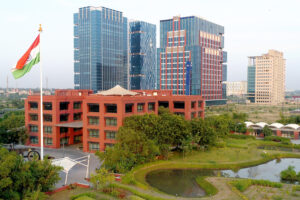This study represents a first in-depth diagnosis on the readiness of financial institutions to address environmental and climate risks. It evaluates the evolving governance architecture adopted so far by financial institutions in Mexico to integrate environmental and social risks into their mainstream management risk strategies, also looking at the tools and capabilities used to address these risks. This diagnosis is expected to raise awareness at the senior level on the underpinning risks they face and the opportunities from climate and environmental impacts, in the context of international discussions about the fiduciary duty of financial organizations.
The report is structured in three main chapters, covering governance, strategy and risk management practices. For each of these, it looks at drivers and challenges, and makes recommendations to better align financial flows to the development of an environmental and socially responsible agenda, and a low-carbon economy.










































